Greek ship carrying parts of the Parthenon is giving up more secrets

The latest expedition by divers to the wreck of the Mentor, which sank just off the island of Kythera (also spelled Kithira and Kythira) in 1802, has recovered several pieces of the ship's rigging, coins, the leather sole of a shoe, a metal buckle, a token for playing cards, two chess pieces, fragments of cooking utensils and other seemingly mundane objects.
When it sank, the ship was carrying marble sculptures chipped from the badly damaged Parthenon in Athens — later known as the "Elgin Marbles or Parthenon Marbles. These spectacular sculptures — which depict Greek gods, heroes and animals — are now on display at the British Museum in London.
Related: 20 of the most mysterious shipwrecks ever
But the small objects recovered from the wreck reveal intriguing aspects of the lives of the people onboard the ship when it sank, said marine archaeologist Dimitris Kourkoumelis, of the Ephorate of Underwater Antiquities, a department of the Greek Ministry of Culture and Sports.
"The target is to understand how people were living and how was life onboard, not only for the passengers but also for the crew," Kourkoumelis told Live Science. "We've found gold coins from Utrecht in Holland, as well as from Spain, and also coins from the Ottoman Empire — so it was really a cosmopolitan group [of people] on the Mentor."
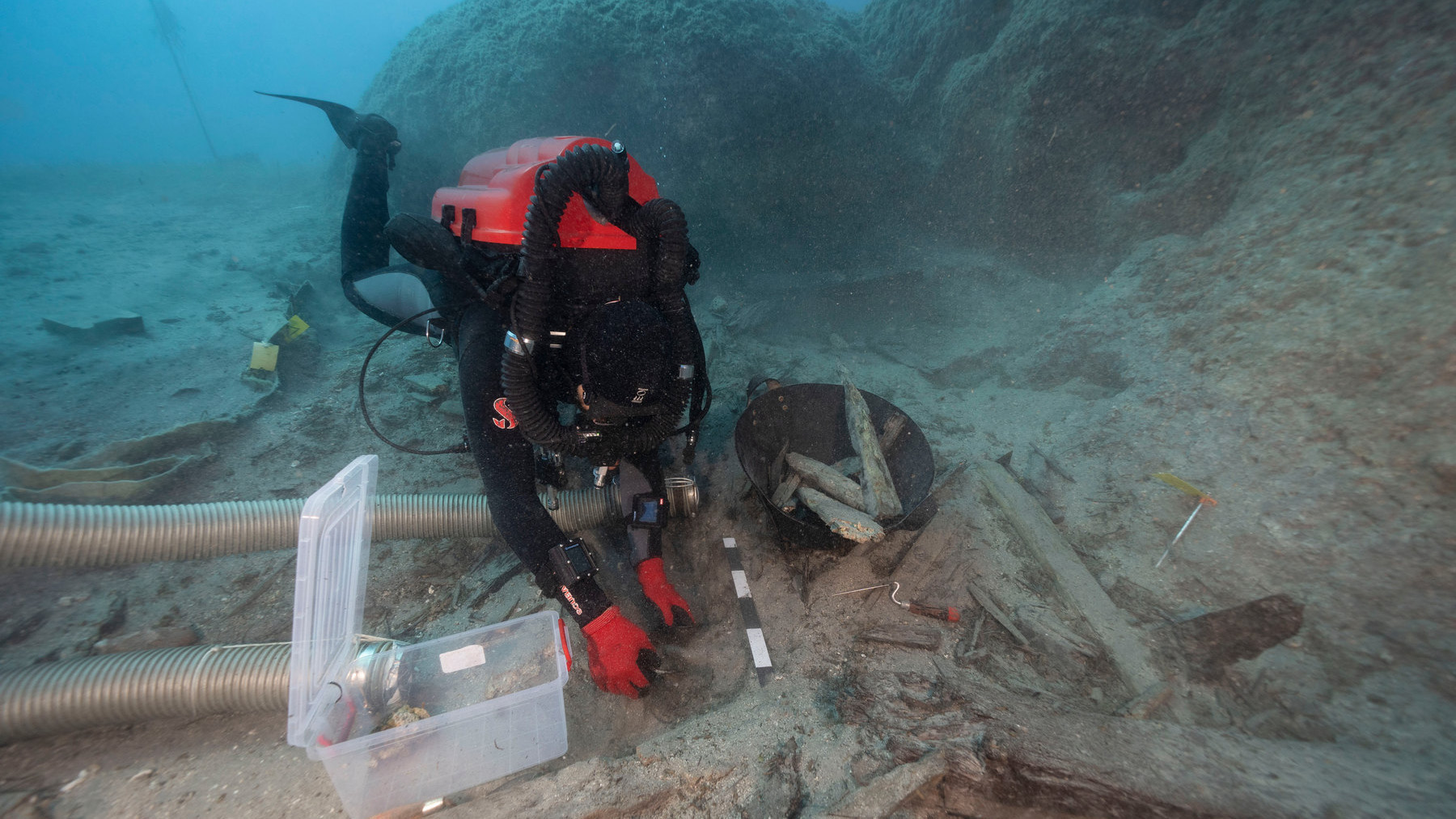
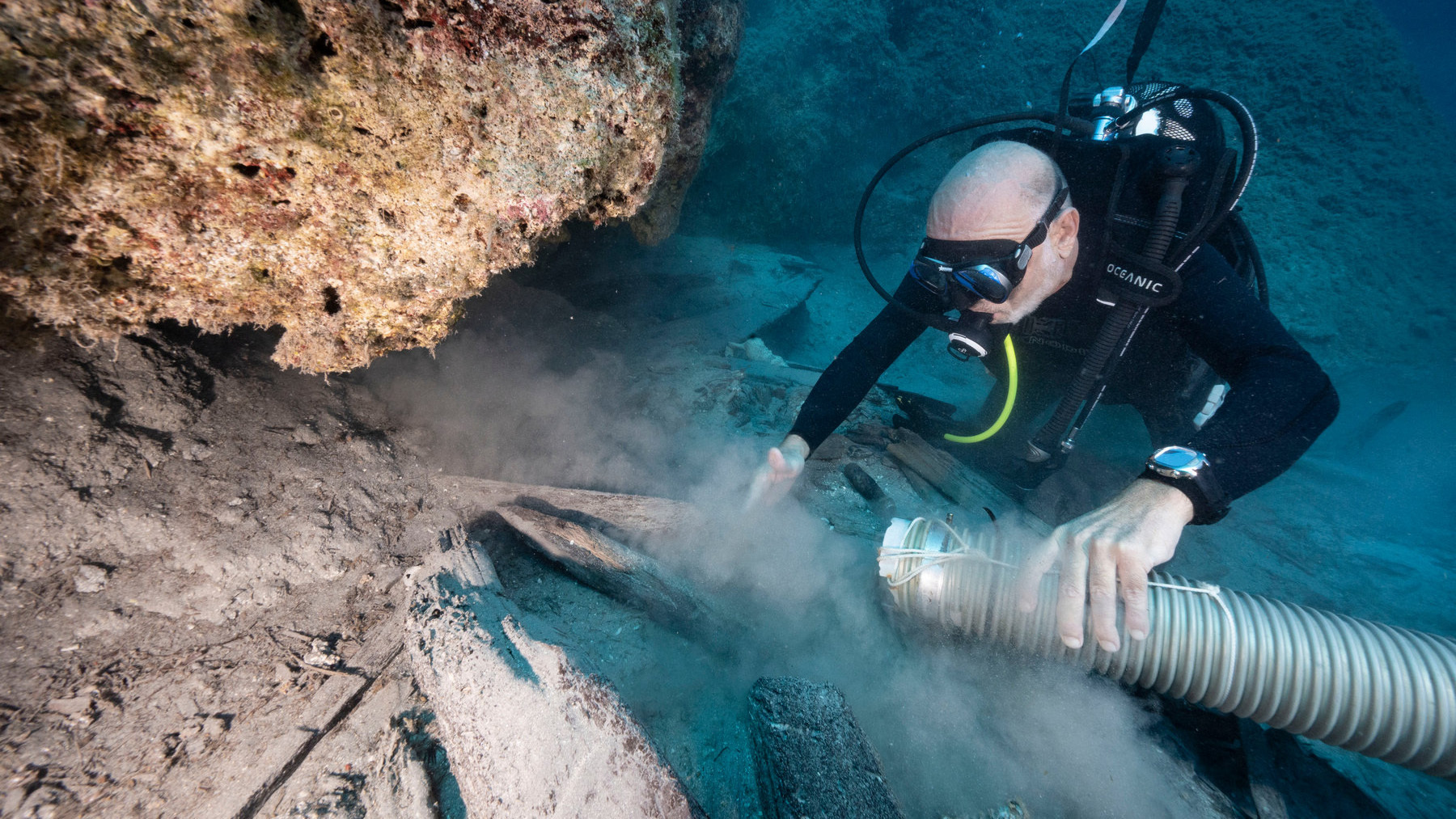
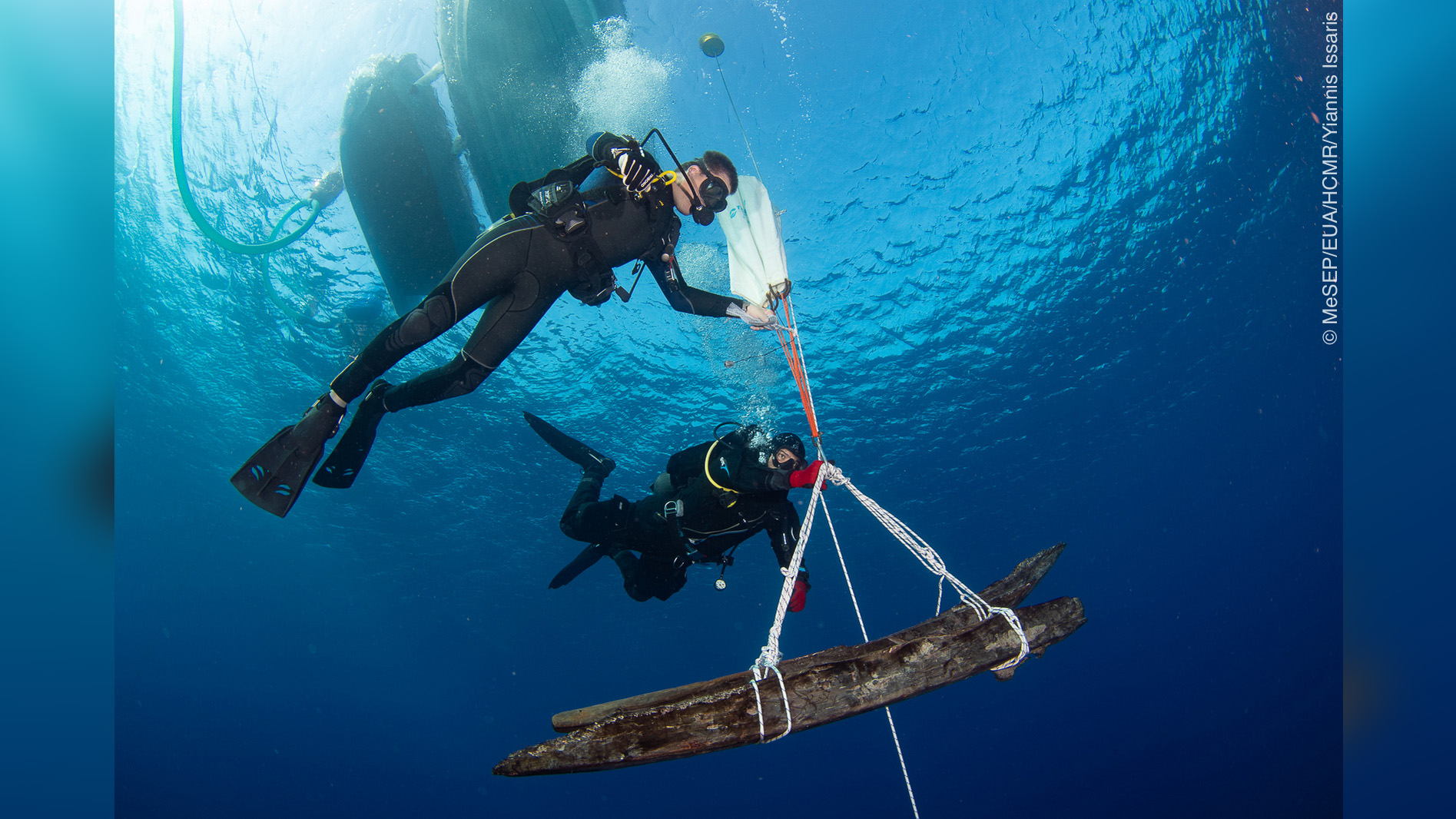

Disputed sculptures
The Mentor was an American-built brig that belonged to the British diplomat Thomas Bruce, a Scottish nobleman titled the seventh Earl of Elgin. Elgin, as he was known, used the ship to carry antiquities to England that he'd collected while stationed in Constantinople as Britain's ambassador to the Ottoman Empire.Although the ship made it to Kythera, where its passengers and crew scrambled onto the rocks, the Mentor soon sank beneath about 65 feet (20 meters) of seawater.
Elgin's secretary, William Hamilton, then spent almost two years on Kythera, overseeing the salvage of the sculptures by sponge divers, who were paid to recover them from the wreck without any diving equipment.
Sign up for the Live Science daily newsletter now
Get the world’s most fascinating discoveries delivered straight to your inbox.
Related: 30 of the world's most valuable treasures that are still missing
The sculptures were then shipped to England, and Elgin sold them to the British Museum in 1816.
Elgin claimed he'd paid for the sculptures and that he'd obtained a decree from the ruling Ottoman government to take them. But no evidence of the decree has ever been found, according to the British Committee for the Reunification of the Parthenon Marbles, a nongovernmental organization.
When Greece recovered its independence from the Ottomans in 1832, it began a series of projects to retrieve looted art, and the Elgin Marbles were at the top of the list. Since then, every successive Greek government has demanded that the sculptures be returned. So far, however, the British Museum has refused, although it has offered to loan them out temporarily.
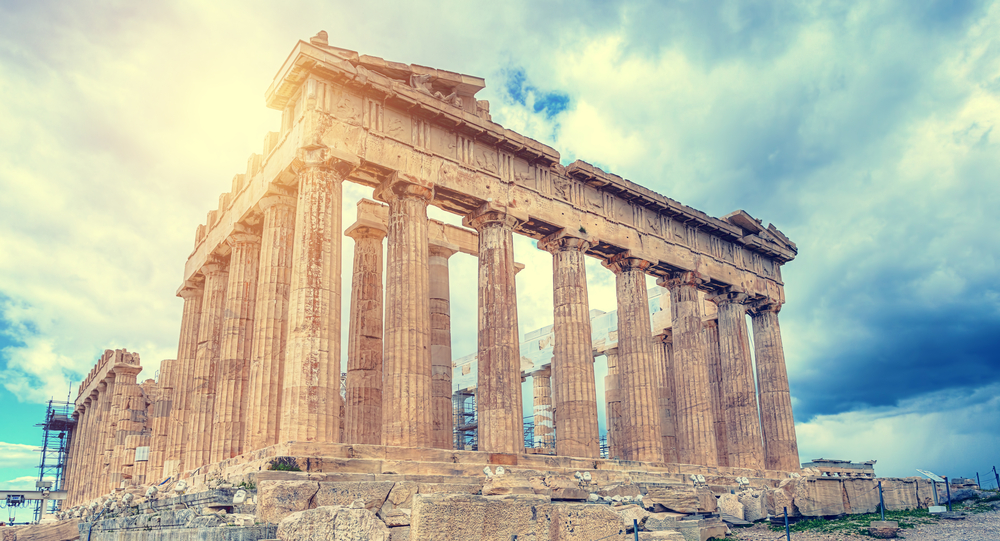
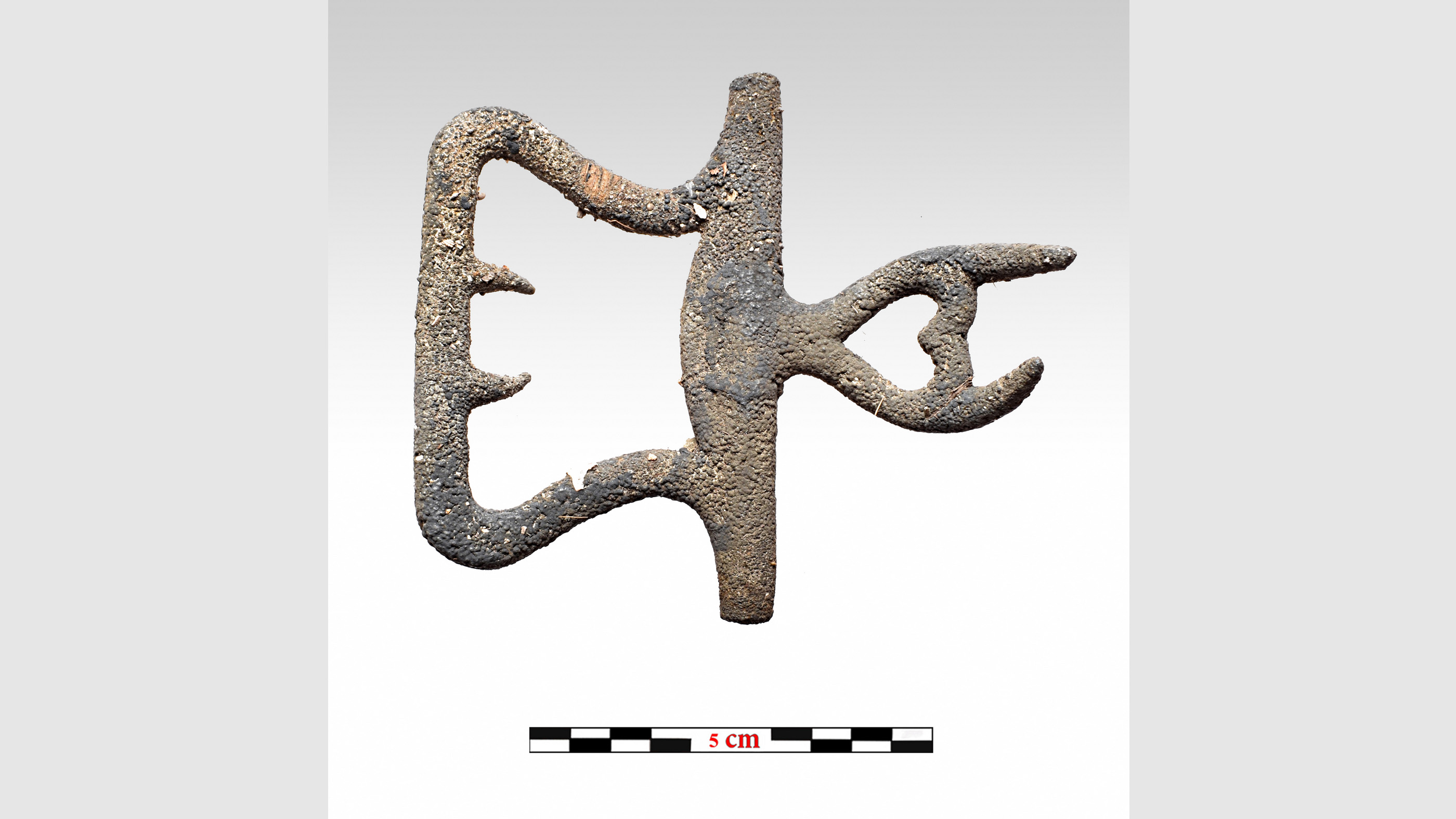
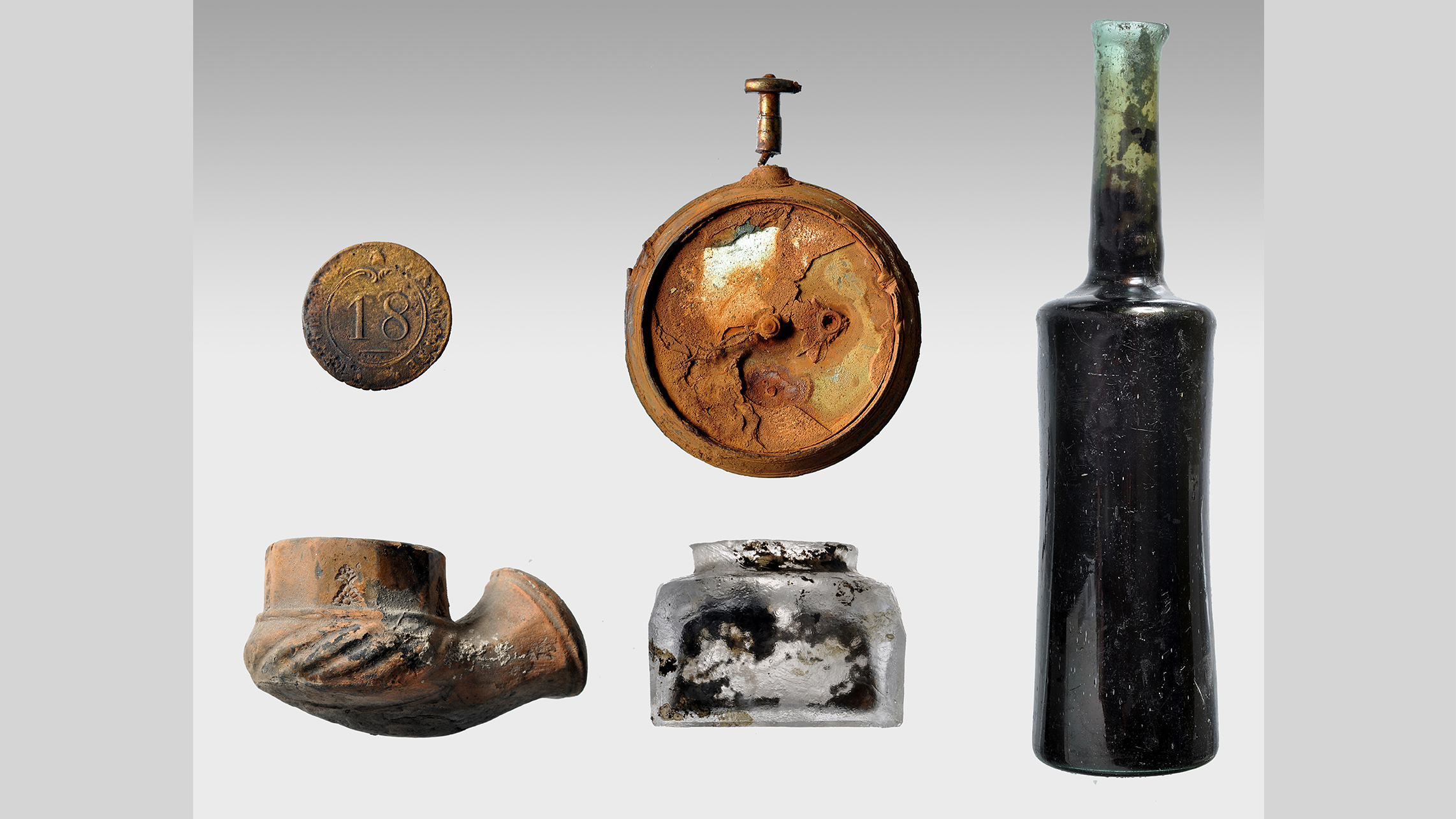
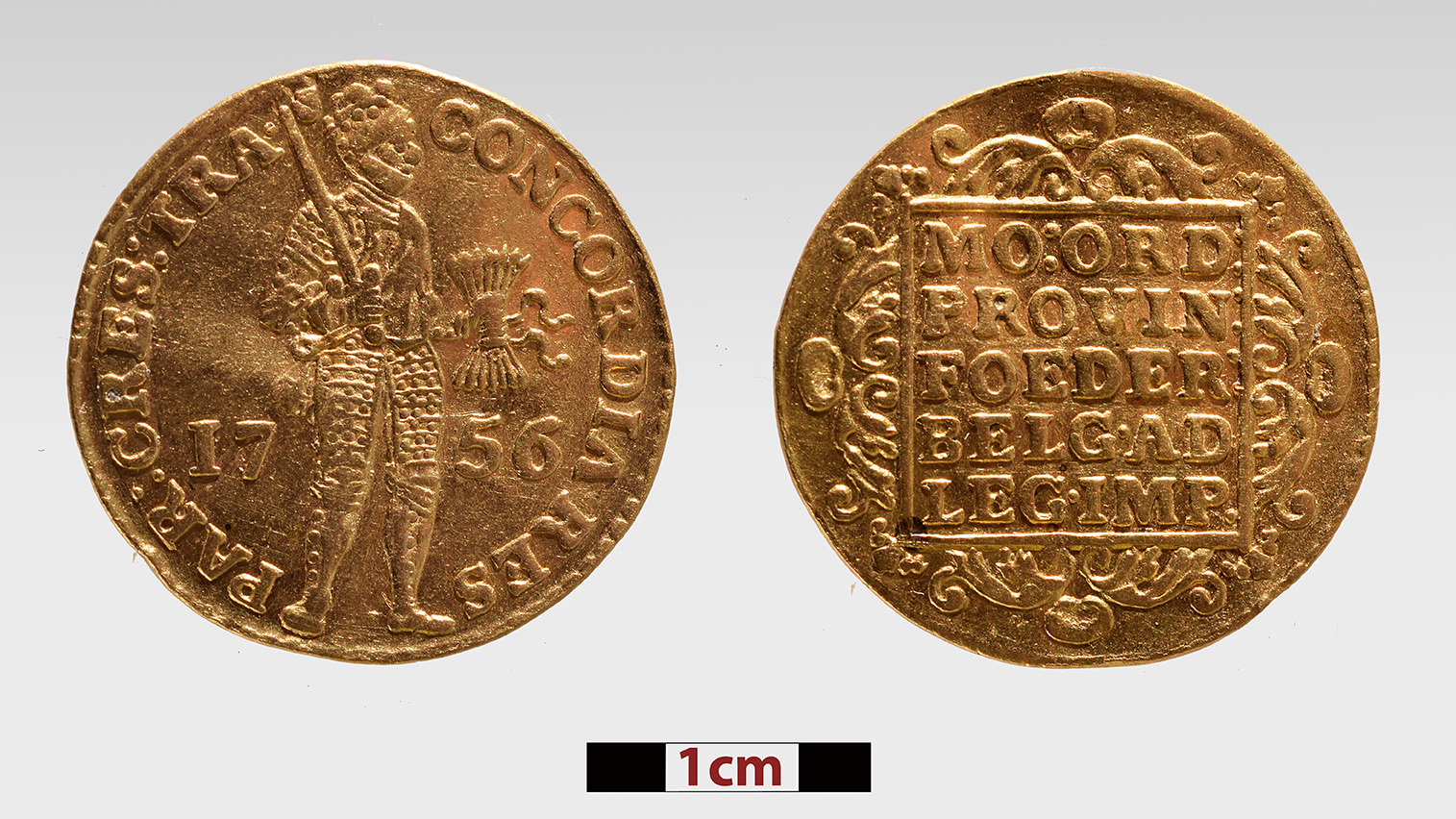
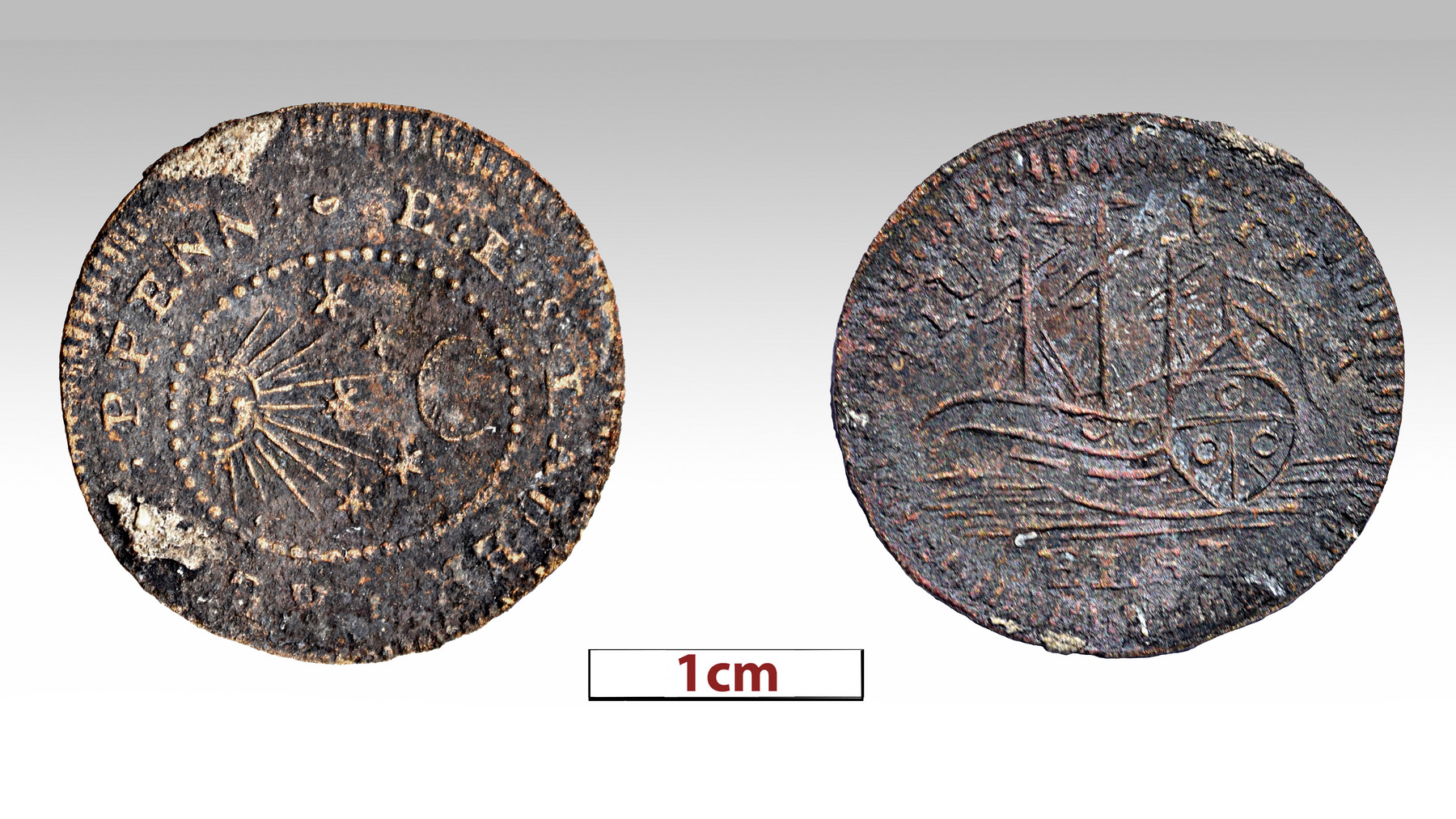
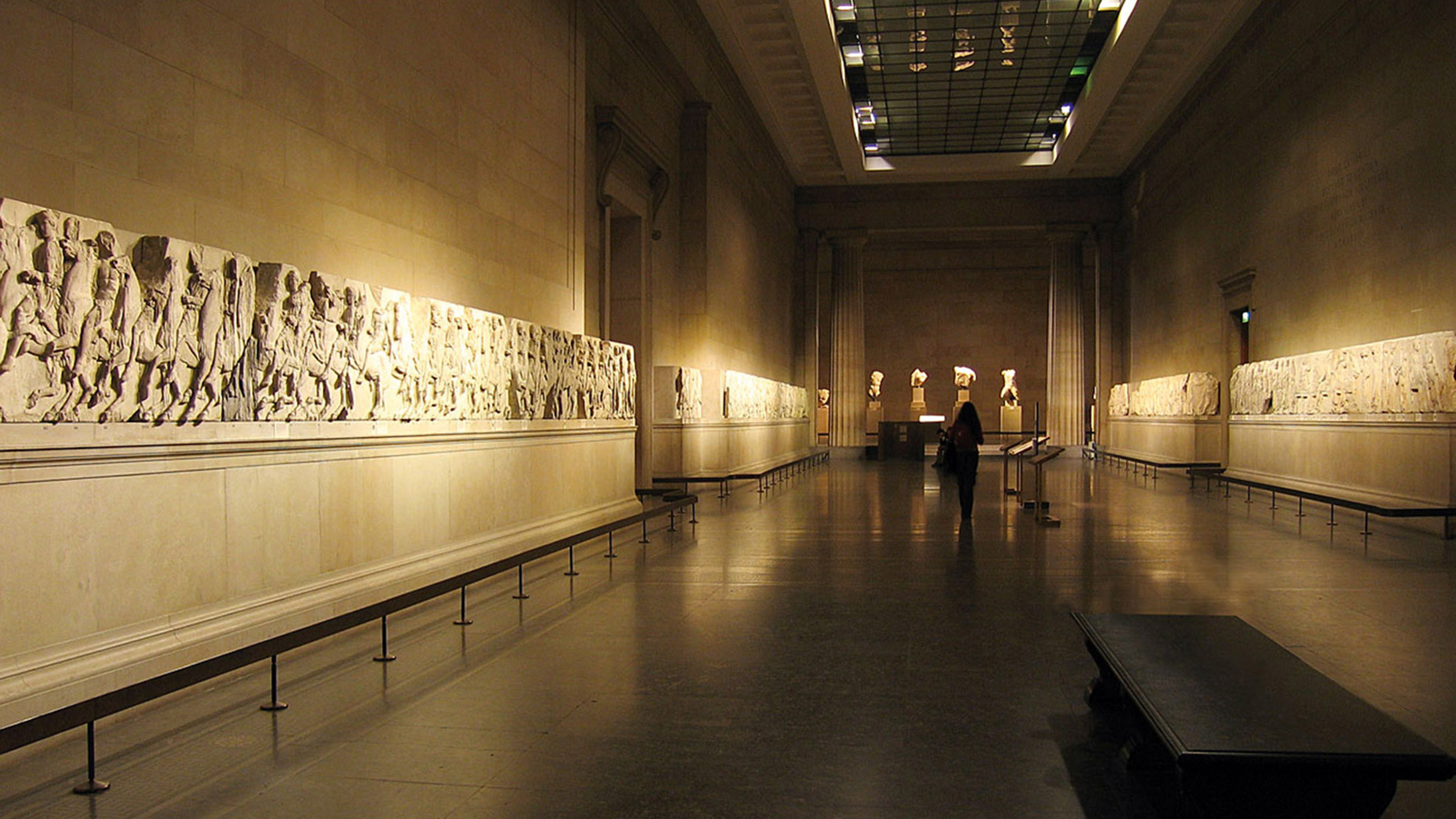
Famous shipwreck
Kourkoumelis has led diving expeditions to the wreck of the Mentor every summer since 2009, after the Greek government enacted legislation to protect the shipwreck and formally ordered state archaeologists to excavate it.
According to Kourkoumelis, the construction of the Mentor is very different from that of similar ships built in the Mediterranean. "The American ships were built to travel in the open ocean, and so they were much stronger — it's very interesting to work on a ship like that," he said.
The wooden vessel is now rotting away after more than 200 years under the waves, and only a few more years of excavations will be possible, he said.
No more items from Elgin's collection have ever been found, but the wreck has yielded numerous small objects over the years, including gold jewelry, ancient coins and Greek pottery that probably came from the private collections of some of the passengers onboard when it sank, he said.
The most recent finds last year included two wooden chess pieces — another six pieces from the same set were found in previous years — and a metal token or coin that was probably used in a card game.
Archaeologists plan to scientifically examine all of the items, many of which will be displayed at the Acropolis Museum in Athens, Kourkoumelis said. The museum already displays about half of the Parthenon sculptures that remain, and it has space reserved for the Elgin Marbles if they are ever returned to Greece.
"We are excavating the ship that is associated with one of the most painful episodes of the recent history of Greece," Kourkoumelis said. "I think it is very important to show that we are not only asking for things, but we are working for the protection of everything that is involved."
Originally published on Live Science.
Tom Metcalfe is a freelance journalist and regular Live Science contributor who is based in London in the United Kingdom. Tom writes mainly about science, space, archaeology, the Earth and the oceans. He has also written for the BBC, NBC News, National Geographic, Scientific American, Air & Space, and many others.









